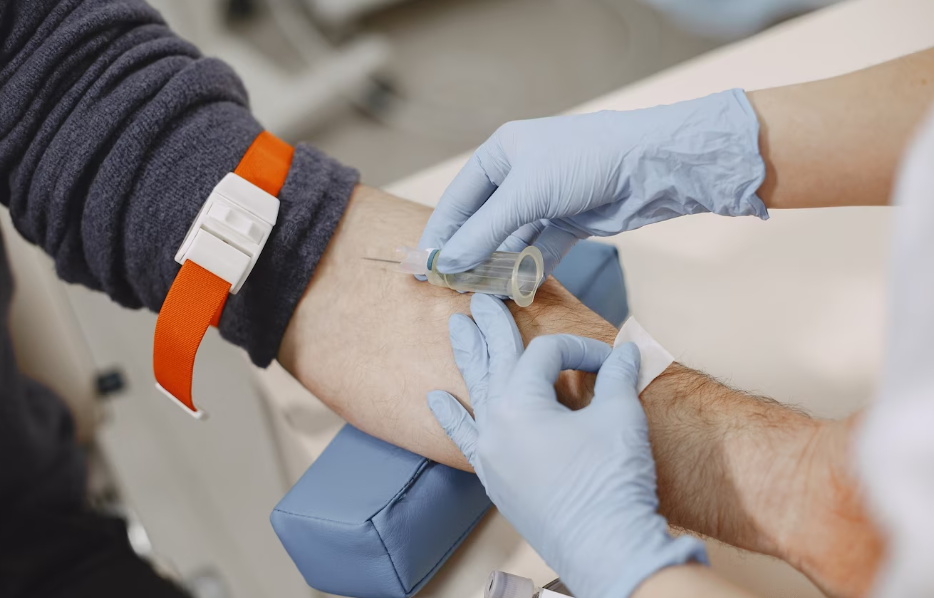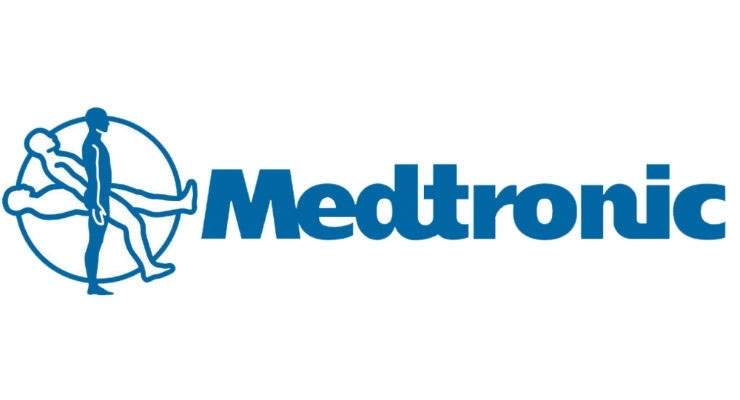In the fast-paced world of healthcare, choosing the right blood bag can be a critical decision. Whether you’re a medical professional, a blood bank manager, or someone seeking knowledge about this essential medical consumable, our ultimate guide is here to assist you. With seven expert tips tailored to help you make informed choices.
Tip 1: Understand the Types of Blood Bags
When it comes to blood collection and transfusion, it’s crucial to have a solid understanding of the different types of blood bags available. One commonly used set is the triple bag system, which includes three separate bags within a set. The first bag is used for collecting the blood, while the second bag contains a preservation solution for the red blood cells. The third bag is primarily utilized for transferring the blood, facilitating the separation of plasma and red blood cells.

These blood collection bags play a vital role in various processes, including collection, storage, handling, transfer, separation, and transfusion of blood and its components. Popularly used in blood donation centers, the sizes of blood bags can vary, with common options being 200ml, 300ml, and 400ml. At the Taizhou Central Blood Station, for instance, they currently utilize 200ml and 400ml bags.
To ensure the appropriate amount of anticoagulant in the disposable medical blood bag, maintaining the right ratio is crucial. The anticoagulant, known as blood maintenance fluid, consists of substances like sodium citrate, phosphate, glucose, and adenine.
The volume of blood collected determines the quantity of anticoagulant required. It’s essential to strike the right balance, as an excessive amount of anticoagulant in the bag can lead to low blood calcium levels when the transfusion is administered to the patient.

Transfusing blood with an excess of maintenance fluid can bind the excess sodium citrate to the patient’s calcium ions, resulting in decreased calcium concentration and potential clinical manifestations of calcium deficiency, such as muscle spasms, cardiac arrhythmias, convulsions, and seizures.
On the other hand, collecting more than 200ml of blood in a 200-blood bag can lead to a lower amount of maintenance fluid, making the blood prone to clotting. This can cause blockages in the transfusion apparatus and needles, rendering the blood unsuitable for patient use.
Every blood bag undergoes careful labeling. Two essential labels are affixed to the blood bag: one from the manufacturer and one from the blood collection agency or blood bank. The manufacturer’s label includes the production date and expiration date, typically spanning two years. The blood station’s label, on the other hand, indicates the shelf life and expiration date of the various blood products.
It’s crucial to ensure the quality and safety of blood transfusions, and blood bag labels undergo rigorous testing, including RoHS certification by the Quality Certification Centre and non-toxic tests conducted by the China Disease Headquarters.
Understanding the types of medical blood bags and the critical factors associated with their usage is vital for ensuring efficient and safe blood transfusion procedures. By familiarizing yourself with these aspects, you can make informed decisions and contribute to the overall well-being of patients.
Tip 2: Ensure Compliance with Medical Standards
Medical standards serve as benchmarks for the design, manufacturing, and performance of disposable medical blood bags. They are put in place to ensure that the bags meet stringent criteria and are suitable for use in critical healthcare settings. Compliance with these standards is essential to minimize risks, maintain consistency, and protect the well-being of patients.
Internationally recognized quality and safety standards play a vital role in the evaluation of disposable medical blood bags. For example, the ISO 3826 series of standards provides guidelines for the manufacture, testing, and performance of plastic blood bags. These standards encompass aspects such as material compatibility, sterility assurance, leakage prevention, and labeling requirements.

In addition to ISO standards, regulatory bodies such as the U.S. Food and Drug Administration (FDA) and the European Medicines Agency (EMA) have specific regulations in place to ensure the safety and efficacy of medical devices, including disposable medical blood bags. Compliance with these regulations ensures that blood bags meet stringent quality control measures and are suitable for use in medical settings.
Tip 3: Assess Quality and Durability
When it comes to disposable medical blood bags, ensuring their quality and durability is paramount to maintaining the integrity of blood components and minimizing the risk of complications. Here are some key factors to consider when evaluating blood bags:
A. Material Quality: Opt for blood bags made from high-quality materials that are compliant with industry standards. Look for bags that are manufactured using medical-grade PVC (polyvinyl chloride) or other suitable materials known for their durability and biocompatibility.
B. Construction and Design: Examine the construction and design of disposable medical blood bags. They should feature robust seams and secure closures to prevent leakage or breakage during handling, storage, and transportation. Reinforced edges and reinforced ports can also enhance their durability.
C. Compliance with Standards: Choose blood bags that meet regulatory guidelines and adhere to quality standards such as ISO 3826 and FDA regulations. These standards ensure that the bags are manufactured under stringent quality control processes, guaranteeing their safety and reliability.
D. Sterility Assurance: verify that the blood bags undergo rigorous sterilization processes to ensure they are free from contaminants. Look for bags with reliable sterilization indicators that provide visual confirmation of their sterility status.
E. Validation Studies: Consider blood bags that have undergone extensive validation studies to assess their performance under various conditions. This includes tests for shelf life, compatibility with blood components, and resistance to impact and puncture.
F. Supplier Reputation: Partner with reputable suppliers who have a track record of delivering high-quality blood bags. Look for suppliers who prioritize quality control measures throughout their manufacturing process and have a strong commitment to customer satisfaction.
Assessing the quality and durability of medical blood bags is essential for safeguarding the integrity of blood components and ensuring patient safety. By selecting blood bags made from high-quality materials, designed to withstand the rigors of handling and transportation, you can minimize the risk of leakage or breakage that could compromise the blood products. Remember to prioritize quality, compliance with standards, and the reputation of the suppliers when making your selection.
5 Recommended Suppliers of Quality Medical Consumables

Johnson & Johnson:
Johnson & Johnson is a global healthcare company that offers a wide range of medical products and services.
Specialties: They provide medical devices, pharmaceuticals, consumer healthcare products, and diagnostic tools.
Strengths: Johnson & Johnson is known for its commitment to innovation, quality, and patient safety.
Key Features: Their brands include Ethicon (surgical sutures and wound closure devices), DePuy Synthes (orthopedic implants and instruments), and LifeScan (glucose monitoring systems).

Becton, Dickinson, and Company (BD):
BD is a leading medical technology company that focuses on improving healthcare delivery and patient outcomes.
Specialties: They specialize in medical devices, laboratory equipment, and diagnostic solutions.
Strengths: BD is recognized for its expertise in areas such as injection and infusion therapy, specimen collection, and molecular diagnostics.
Key Features: Their brands include BD Medical (syringes, needles, and infusion sets), BD Diagnostics (laboratory products and systems), and BD Biosciences (cell analysis and research reagents).

Medtronic:
Medtronic is a global medical device company that develops and manufactures a wide range of healthcare products.
Specialties: They focus on areas such as cardiac and vascular interventions, diabetes management, and minimally invasive therapies.
Strengths: Medtronic is known for its advanced medical technologies, including implantable devices, surgical tools, and remote patient monitoring systems.
Key Features: Their brands include Medtronic Cardiac and Vascular Group, Medtronic Diabetes, and Medtronic Minimally Invasive Therapies Group.

Siemens Healthineers:
Siemens Healthineers is a leading medical technology company that provides innovative solutions for healthcare professionals. company that
Specialties: They offer a comprehensive portfolio of medical imaging, laboratory diagnostics, and point-of-care testing systems.
Strengths: Siemens Healthineers excels in medical imaging technology, molecular diagnostics, and automation solutions for laboratory workflows. solutions for laboratory workflows
Key Features: Their brands include Siemens Medical Solutions (imaging systems and clinical informatics), Siemens Healthineers Diagnostics (in vitro diagnostics), and Atellica (laboratory automation).

3M Health Care:
3M Health Care is a trusted provider of medical products, supplies, and infection prevention solutions.
Specialties: They focus on areas such as wound care, patient monitoring, infection prevention, and oral care.
Strengths: 3M Health Care is known for its expertise in developing innovative and reliable products that enhance patient care and safety.
Key Features: Their brands include 3M™ Cavilon™ (wound care solutions), 3M™ Littmann® (stethoscopes), and 3M™ Bair Hugger™ (patient warming systems).
Conclusion
In conclusion, choosing the best blood bag is crucial for safe and efficient blood collection, storage, and transfusion. By understanding the types of blood bags, considering their applications, adhering to medical standards, and assessing their quality and durability, healthcare professionals can ensure optimal patient care and transfusion safety. Make informed decisions and select blood bags that meet the specific needs of your medical practice.



